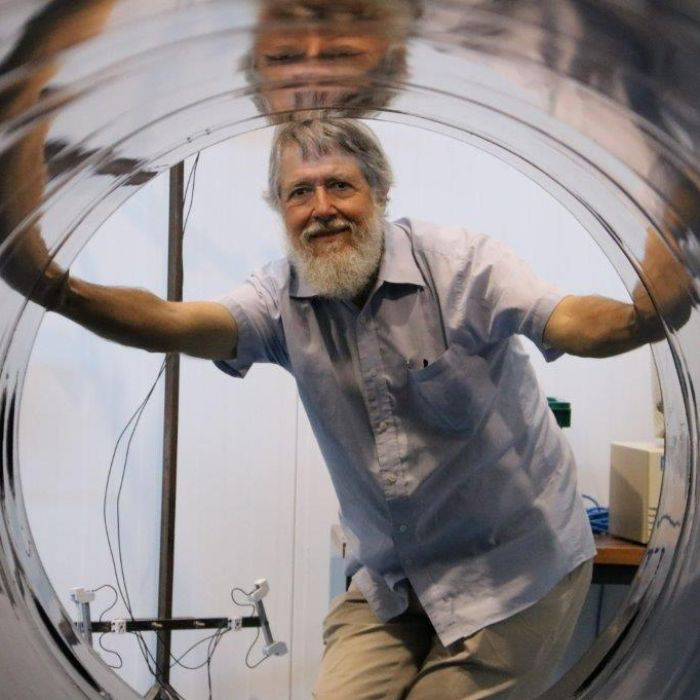
The recent detection of gravitational waves using precision optomechanical sensors is the tip of the iceberg. Just as seismometers have enabled us to monitor earthquakes throughout our planet, new detectors and technologies in optomechanics can give us the ability to monitor gravitational wave sources from a large fraction of the visible universe. This can help us understand the origin and the significance of the surprisingly large population of black holes that appears to exist. One very challenging optomechanical technique that we are investigating at the University of Western Australia, is the optomechanical negative dispersion cavity based on a catflap resonator. This device can allow the bandwidth of gravitational wave detectors to be significantly enhanced, but only if very high optical spring frequencies can be achieved. If implemented, this add-on device could allow detection of the ringing of newly formed black holes down to about 6 solar masses, thereby enabling direct measurement of their mass and spin.